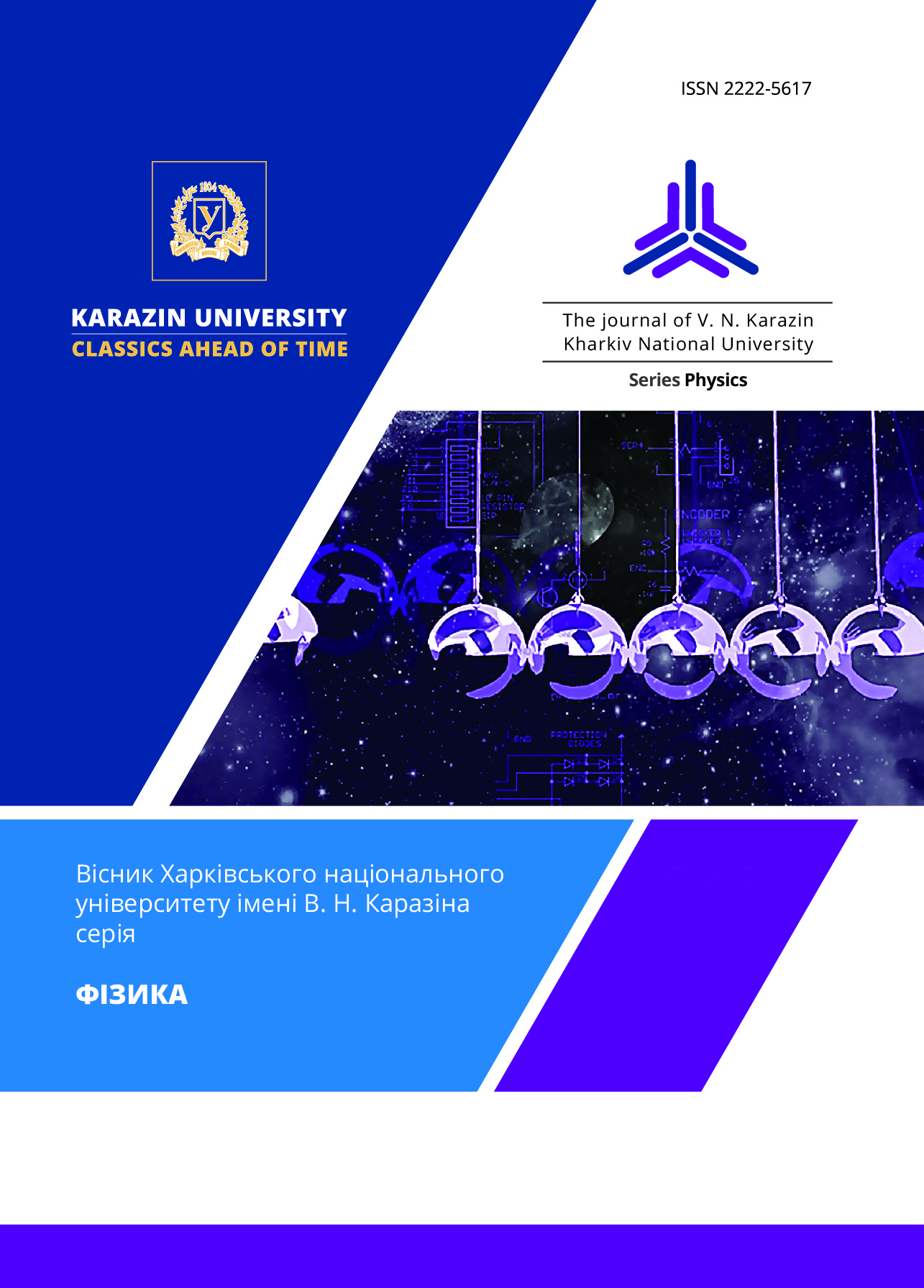Sound resonances in supercritical and superfluid helium
Abstract
For twenty years of research, the processes of radiation and dissipation occurring during oscillations of quartz tuning forks in superfluid helium and its mixtures have turned from an object of research into a tool for studying the properties of helium. Quartz tuning forks are used to study various properties of helium - viscosity, thermal conductivity, radiation of the first and second sounds, and also as a precision temperature sensor. Experimental observations of these phenomena were carried out in a wide range of temperatures and pressures, but the results of observations have not yet been exhaustively described theoretically.
The aim of this work is to study density and pressure oscillations to determine the conditions under which oscillations of a solid wall excite the first sound in superfluid helium and sound in supercritical helium, and to calculate the contributions of these processes to the formation of resonances during oscillations of closed tuning forks. In particular, the experimentally observed excitation of standing waves of pressure oscillations by an oscillating closed tuning fork, the appearance and properties of resonances depending on the temperature and pressure of helium are considered.
As a result of the work, a model was built that described the physical features of the experimentally observed resonance phenomena.
Downloads
References
D.O. Clubb, O.V.L. Buu, R.M. Bowley, R. Nyman, and J.R. Owers-Bradley. J. Low Temp. Phys., 136, 1 (2004). https://doi.org/10.1023/B:JOLT.0000035368.63197.16
D. Schmoranzer, M. La Mantia, G. Sheshin, I. Gritsenko, A. Zadorozhko, M. Rotter, and L. Skrbek. J. Low Temp. Phys., 163, 317 (2011). https:/doi.org/10.1007/s10909-011-0353-1
A. Salmela, J. Tuoriniemi, J. Rysti. J. Low Temp. Phys., 162, 678 (2011). https://doi.org/10.1007/s10909-010-0246-8
I.M. Khalatnikov, Theory of Superfluidity, (Nauka, Moscow, 1970), 160 p. (И.М. Халатников, Теория сверхтекучести, (Наука, Москва, 1970), 160 с.). [In Russian]
K. Nemchenko, S. Rogova, T. Vikhtinskaya. J. Low Temp. Phys., 187, 324, (2017). https://doi.org/10.1007/s10909-017-1761-7
E.Ya. Rudavsky, V.K. Chagovets, G.A. Sheshin, V.A. Vrakina. Low Temperature Physics, 46, 49, (2020). (Э.Я. Рудавский, В.К. Чаговец, Г.А. Шешин, В.А. Вракина. Физика низких темпеpатуp, 46, 49, (2020)). [In Russian]








3.gif)
